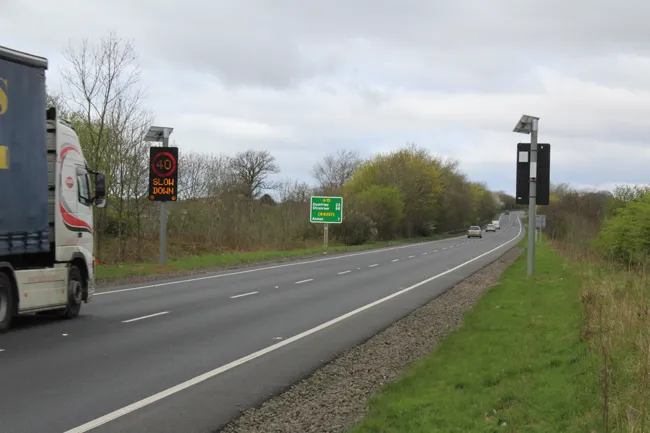A total of 1,314 American children aged 14 and under died in US road crashes in 2009, according to new research by the National Highway Traffic Safety Administration (NHTSA). The NHTSA said 179,000 injuries had also been caused to the same child age group following 2009 crashes. The agency says safety seats in passenger cars had been found to reduce the risk of crash deaths for children of four-years-old and below by 54%, and infants by 71%.
April 23, 2012
Read time: 2 mins
Over 1,300 road crash deaths have involved American children aged up to 14 years in just one year, new figures reveal.
A total of 1,314 American children aged 14 and under died in US road crashes in 2009, according to new research by the2467 National Highway Traffic Safety Administration (NHTSA). The NHTSA said 179,000 injuries had also been caused to the same child age group following 2009 crashes. The agency says safety seats in passenger cars had been found to reduce the risk of crash deaths for children of four-years-old and below by 54%, and infants by 71%.
The NHTSA has developed a crash test dummy modelled after a 10-year-old. The dummy will be used to test effectiveness of boosters and car seats for kids of over 65 pounds. It is said to be in line with the agency's new rules announced on 22 February, 2012, that made it compulsory for children of between 67 and 80 pounds to use booster and car seats. As such, seat makers have a two-year period to certify their car seats and boosters to meet the new rules.
Rules on the usage of boosters vary according to states, but the Centres for Disease Control and Prevention (CDC) had suggested children under eight-years-old and below 4ft 9ins should use booster seats in the back seat. The new NHTSA booster and car seat rule is said to be aimed at addressing obesity as well as safety issues among children.
A total of 1,314 American children aged 14 and under died in US road crashes in 2009, according to new research by the
The NHTSA has developed a crash test dummy modelled after a 10-year-old. The dummy will be used to test effectiveness of boosters and car seats for kids of over 65 pounds. It is said to be in line with the agency's new rules announced on 22 February, 2012, that made it compulsory for children of between 67 and 80 pounds to use booster and car seats. As such, seat makers have a two-year period to certify their car seats and boosters to meet the new rules.
Rules on the usage of boosters vary according to states, but the Centres for Disease Control and Prevention (CDC) had suggested children under eight-years-old and below 4ft 9ins should use booster seats in the back seat. The new NHTSA booster and car seat rule is said to be aimed at addressing obesity as well as safety issues among children.






